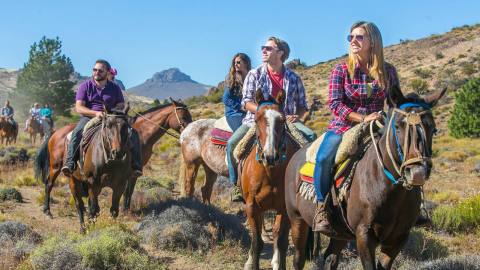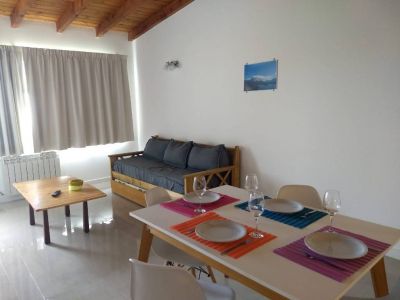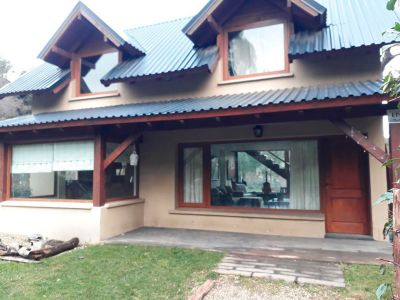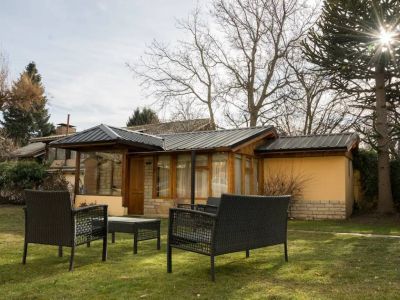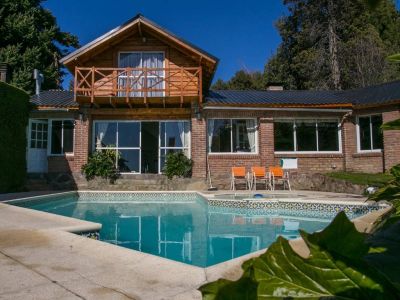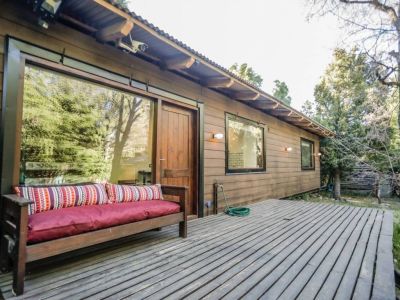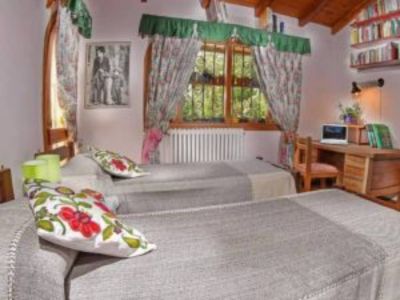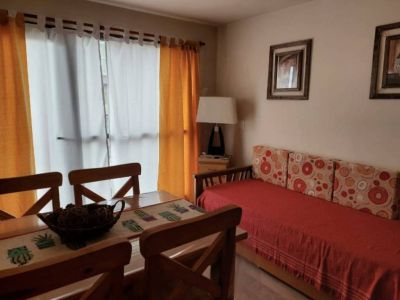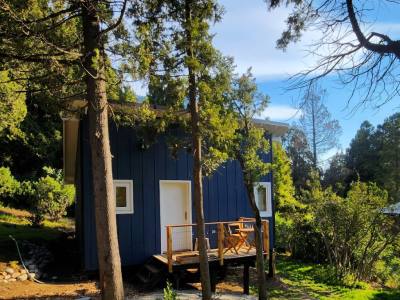The waterfront of San Carlos de Bariloche renewed its image. During the last years, the works of cleaning and recovery of the coastal areas have advanced. It is about 3 km from the city center to the Centenario beach in Ñireco. Although it was always a busy place and used as recreation, with this face lift, people appropriate the place and enjoy it much more.
Discovering Bariloche’s Waterfront
One of the last interventions that generated a great visual impact were the letters of the name of the city, "Bariloche", on the beach of the Center. There it is frequent to see the visitors taking the photographs that are becoming a milestone of the visit to Bariloche, with the unsurpassed bottom of Lake Nahuel Huapi. The waterfront at the foot of the Civic Center was improved with luminaries, sidewalk repair and recovery of walls and stairs to access the beaches. The green spaces are gaining ground with automatic irrigation system. Ramps were added to make the rides accessible and healthy plazas were created. The street furniture makes the spaces to hang out more comfortable. The food trucks became part of the Paseo del Lago de Bariloche. The gastronomic variety is very striking and enchants tourists and residents alike. It is the rise of the rolling posts and the municipality's policy promotes its ordering so that they can be enabled and become active in various parts of the city. A traditional cultural landmark is the Paleontological Museum , which preserves and disseminates regional paleontological heritage. There are usually outreach talks and workshops for children in summer time. The characteristic buildings of Bariloche, those with very recognizable stone and wood on the postcards, are the ones that paint the entire city and its implementation there by the 30s and 40s. Alejandro Bustillo and his imprint are seen in the Center Civic, the Cathedral, the building of Aguas Rionegrinas and the school 266. The architect, painter and sculptor also left his urban footprint in the Llao Llao, Traful and La Angostura villas. The architecture is symbolic and represents public and private situations. This architecture of Bariloche is linked to the management of Dr. Exequiel Bustillo, the great promoter of National Parks and promoter of tourism development. The Civic Center is the undisputed symbol of Bariloche, inaugurated in a historical context of border town and incipient protected area. It is the meeting point of the Barilochens. Its artistic and expressive events take place there, but it is also the place where social groups express themselves. The San Carlos port is still a pending in this renovation of the waterfront promenade. There it is intended to create a space for short excursions to depart but will be advanced at a later time with a public tender.
Mónica Pons
Eduardo Epifanio










